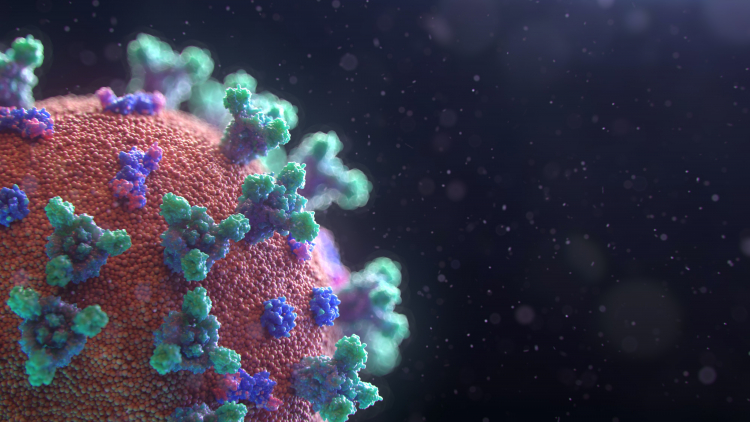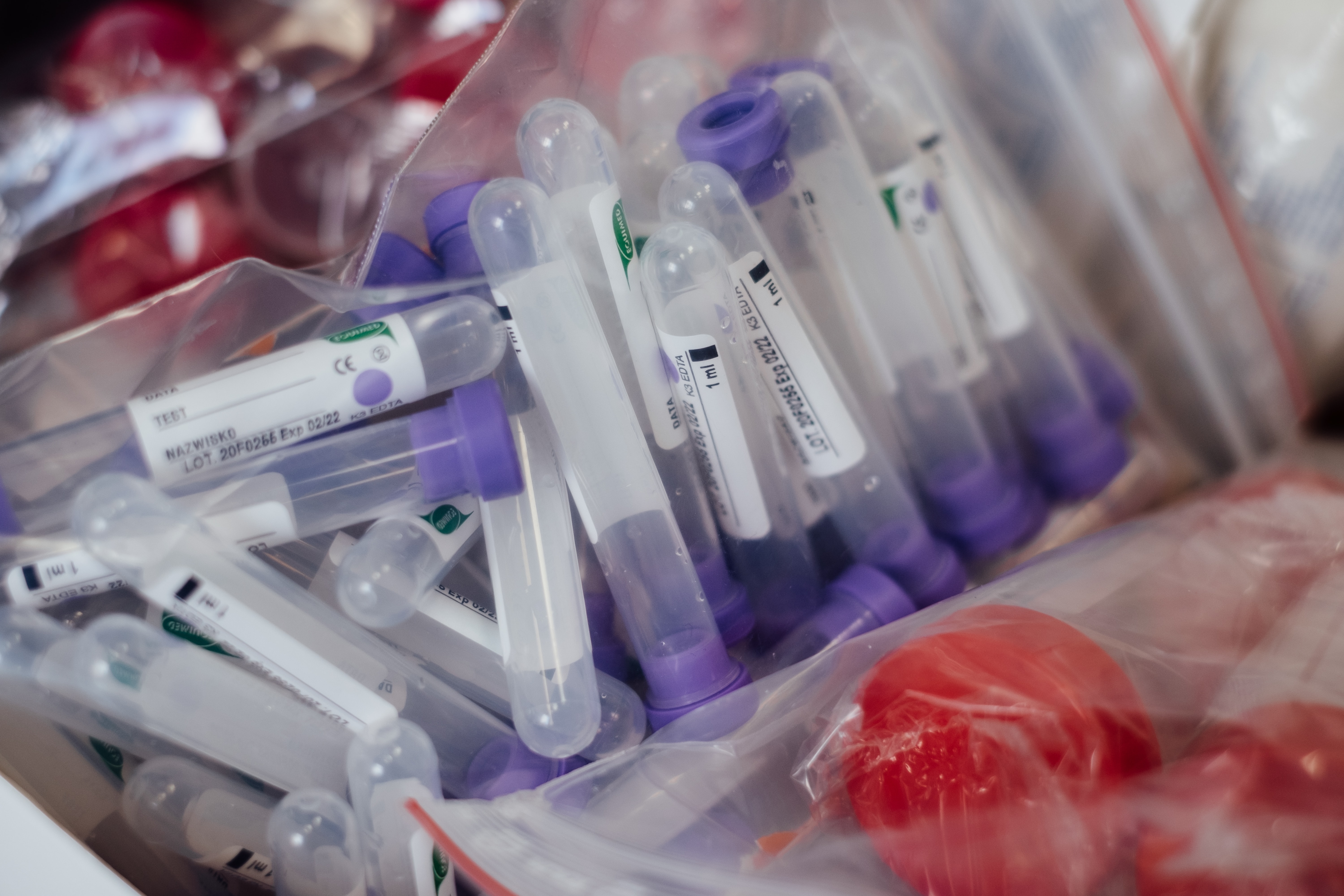Despite Growing Cases, Scientists Still Unsure About Long COVID

The United States alone has spent more than $3.5 trillion in its effort to respond to the COVID-19 pandemic. This money has helped develop vaccines and therapeutics in record time and have helped protect countless people from a disease that has infected over 475 million people as of the end of March.
But now, more than two years on, as pandemic restrictions begin to come down across the globe and the world learns to “live with COVID,” the attention of the scientific community is slowly turning toward those still living with the virus .
Image credit: Unsplash/ Teslariu MihaiPost-acute sequelae SARS-CoV-2 infection (PASC), commonly known as “long COVID” affects people of all ages and medical backgrounds regardless of the severity of their initial infection. These folks are known, collectively, as “long haulers.”
Studies as to the prevalence of the condition vary greatly with some reporting that just 5% of acute infections lead to long COVID and others finding that nearly 60% of cases have some prolonged effect.
Long-haul COVID refers to symptoms occurring or persisting at least 4 weeks after the initial infection. It is a condition targeting multiple different organ systems not significantly impacted by the initial viral infection. It is a very different experience from the acute infection.
An acute COVID infection is generally a respiratory condition that produces some symptoms like body aches or trouble breathing as well as less painful ones like the loss of taste and smell. On the other hand, long COVID produces a multisystem inflammatory response, meaning that it causes inflammation of various organs, tissues, and blood vessels.
Image credit: Unsplash/ Nik ShuliahinThe most common symptoms include brain fog, chest pain, dizziness, tremors and difficulty sleeping. Altogether, researchers have linked over 200 potential symptoms in basically every part of the body.
The severity of symptoms varies by patient, with some being out of work for months and even years. This variance in symptoms is part of why studies into the prevalence of the condition differ so greatly in their findings.
On top of this, many doctors and medical researchers are still very unfamiliar with the disease. Long COVID was not discovered by doctors, scientists, or medical researchers. Rather, it was a term created by patients in what Felicity Callard of the University of Glasgow and Elisa Perego of the University College London described as “the first illness created through patients finding one another on Twitter.”
As long COVID affects so many systems of the body, patients who are seen by unfamiliar primary care doctors and specialists are often misdiagnosed and standard work-ups return negative results. Some patients are even told by unfamiliar doctors that their symptoms are related to health anxiety, also known as hypochondria. Any kind of long term illness, including long COVID, is best diagnosed when a patient sees the same medical provider over time, because they can put pieces together in a way that single-visit providers such as an ER doctor can. While abnormalities can show up on labwork, those abnormalities, along with the symptoms a patient is experiencing, may not be specific to long COVID.
Image credit: Unsplash/FreestocksSlowly, however, a picture is beginning to emerge. Researchers have found micro clotting and hyperactive platelets in the bloodstream of long-haulers. These clots are visible only under fluorescence and bright-field microscopes, and therefore typically go unnoticed on standard blood work. Trapped within the clots are various inflammatory molecules that may be causing some of the issues facing long-haulers.
While there have been some promising results in early tests of antiplatelet and anticoagulation regimens as a form of treatment, there are less than 20 clinical trials currently underway for drugs to treat long COVID.
For now, long-haul COVID remains a syndrome, a relatively mysterious condition without a definite set of characteristics, but affecting a growing number of suffering and increasingly impatient patients.










